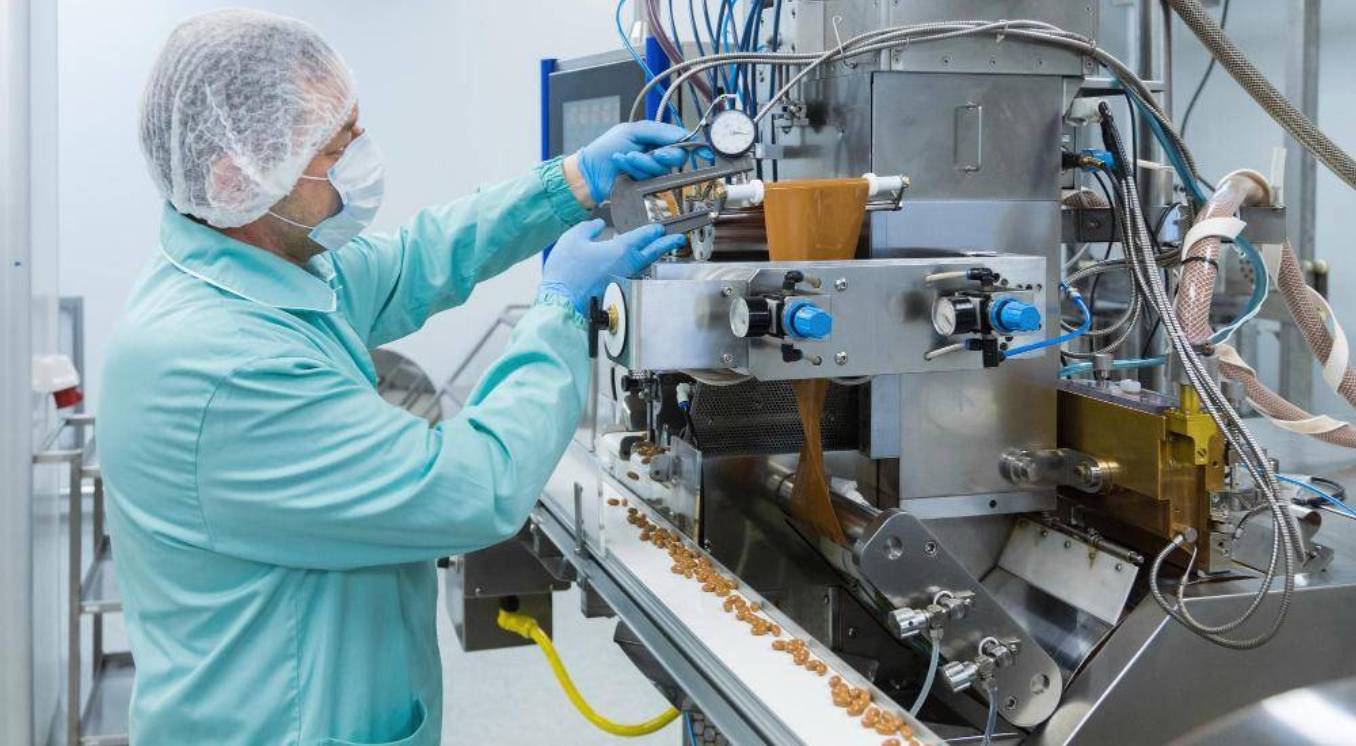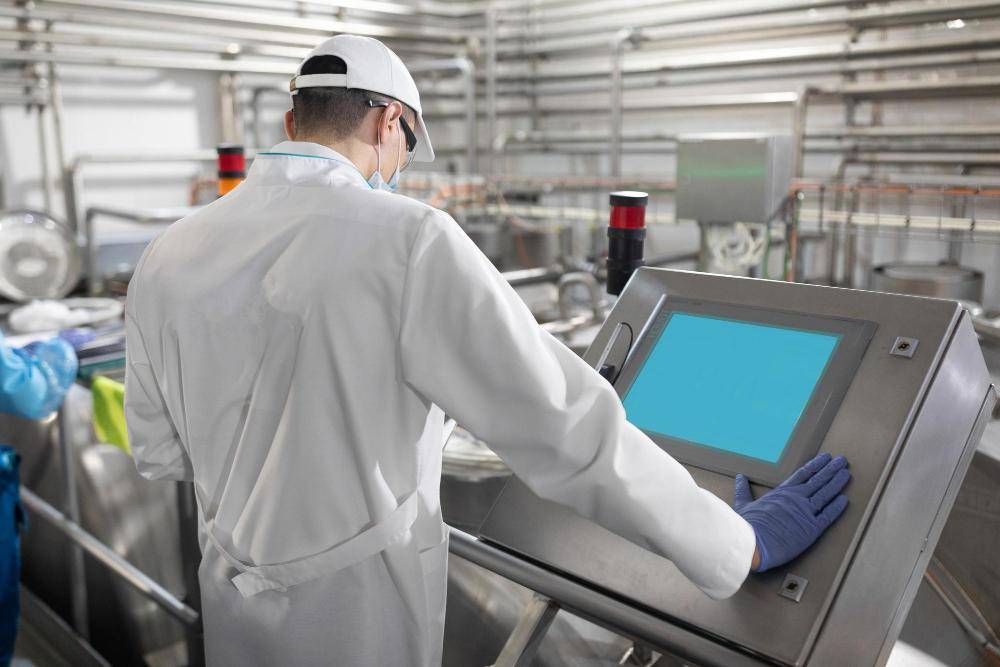News
What Is Food Processing Equipment? Common Types & Their Uses

When people ask what is food processing equipment, most picture giant factory lines spitting out packaged snacks or frozen meals. That’s part of it, but the reality runs much deeper. Food processing equipment includes everything from grinders and mixers to conveyors and packaging machines.
These tools keep the global food system moving, ensuring that raw ingredients become safe, consistent, and shelf-ready products. Without them, modern food production simply wouldn’t be possible.
Food doesn’t just leap from farm to table. It’s cleaned, sorted, cut, cooked, packaged, and preserved along the way, and each step depends on specialized machinery designed for speed and precision. Let’s take a closer look at why this equipment matters and the many roles it plays.
Why Food Processing Equipment Matters
Think about a grocery store trip. Ground beef, sandwich bread, and bottled sauce, every single item went through some type of processing machine. These tools aren’t only about efficiency; they’re about safety and quality. A reliable mixer ensures dough bakes evenly, while a packaging system keeps sauces from spoiling before they hit your pantry.
For industries like meat and poultry, where strict regulations apply, having quality meat processing equipment can make or break compliance. Take the Model 2501 Hydrauflaker, for example: a heavy-duty cutter designed to break down frozen meat blocks into manageable flakes or chunks for further processing.
Machines like these greatly improve meat processing efficiency, reduce the risk of contamination by limiting human handling. They also cut waste, lower costs, and keep products consistent. In short, food processing equipment is the unsung backbone of our food supply.
The Main Categories Of Food Processing Equipment
Food processing machinery comes in many forms. Some are heavy-duty, built for massive facilities, while others are compact and efficient for smaller operations. Broadly speaking, they fall into a handful of categories.

Mixing And Blending
Mixers and blenders make sure ingredients combine properly. Dough mixers in bakeries, ribbon blenders for dry powders, and paddle mixers for meats all fit this category. If a batch isn’t blended evenly, the final product won’t taste right or cook consistently. These machines handle that workload without slowing production.
Cutting, Grinding, And Slicing
Grinders, slicers, dicers, and choppers transform raw food into usable portions. For example, the Model 3005 Tu-Way cuts cheese and similar products into uniform pieces for retail or further processing, such as dicing, shredding, or blending.
A grinder ensures ground beef is uniform, while slicers create perfectly even cuts of cheese or deli meat. The goal isn’t just a neat presentation; consistent cuts impact cooking times, flavor, and product safety.
Real-World Tools In Action
General categories are useful, but it’s even clearer when you picture the actual machines on factory floors. GenMac’s catalog offers prime examples. You’ll find food processing equipment for meat, poultry and cheese, and that can be cut into uniform portions for retail or further processing like dicing, shredding or blending.
Each piece of equipment has a different role, but they all share a purpose: boosting efficiency, ensuring consistency, and keeping production lines moving smoothly.
Hygiene & Safety Come First
In food production, hygiene is both mandatory and a top priority. Most equipment is made from stainless steel with smooth, easy-to-clean surfaces. Many machines are designed so workers can quickly disassemble parts for sanitation without disrupting schedules. Safety also extends to workers. Features like guarded blades, emergency shutoffs, and ergonomic controls reduce injuries on the floor. A safe operator is more effective, and modern equipment blends productivity with protection.
Challenges In Food Processing
Of course, manufacturers face hurdles. Energy costs keep rising, regulations tighten, and consumers demand simpler, cleaner products. Machines now have to support allergen-free processing, plant-based alternatives, and sustainable production practices. That’s why flexibility is key. Equipment that can adapt to different recipes, materials, and volumes is worth its weight in gold. A rigid, single-purpose machine may fall behind in a marketplace that changes quickly.
Why GenMac Is The Partner You Can Count On
When it comes to choosing equipment, the right partner can mean the difference between a chaotic burn down and a success story everyone wants to hear. GenMac has years of experience delivering food processing equipment ranging from our 3005 Tu-Way, 3005-LD Tu-Way, 1820 Horizontal Cheese Cutter, 1805 Vertical Cheese Cutter and 2501 Hydrauflaker all designed for real-world demands.
Our machines are built for reliability, safety, and efficiency. Qualities every food producer needs to stay competitive. If you’re building or upgrading a production line, contact us today!
